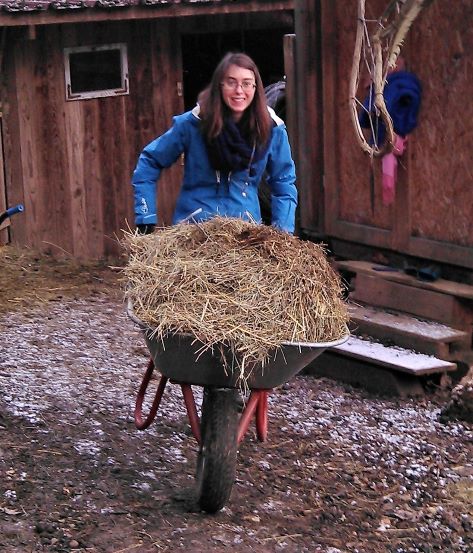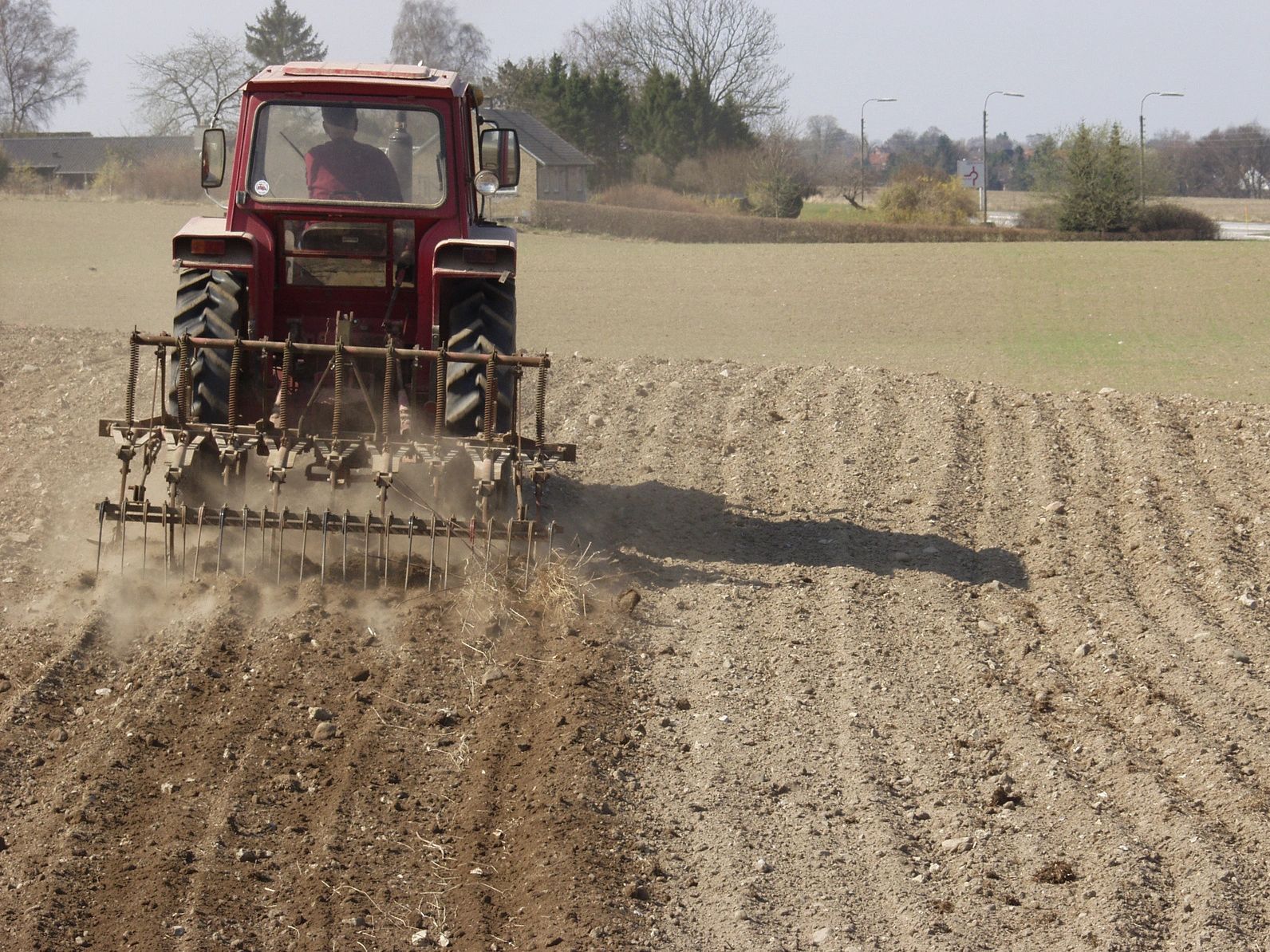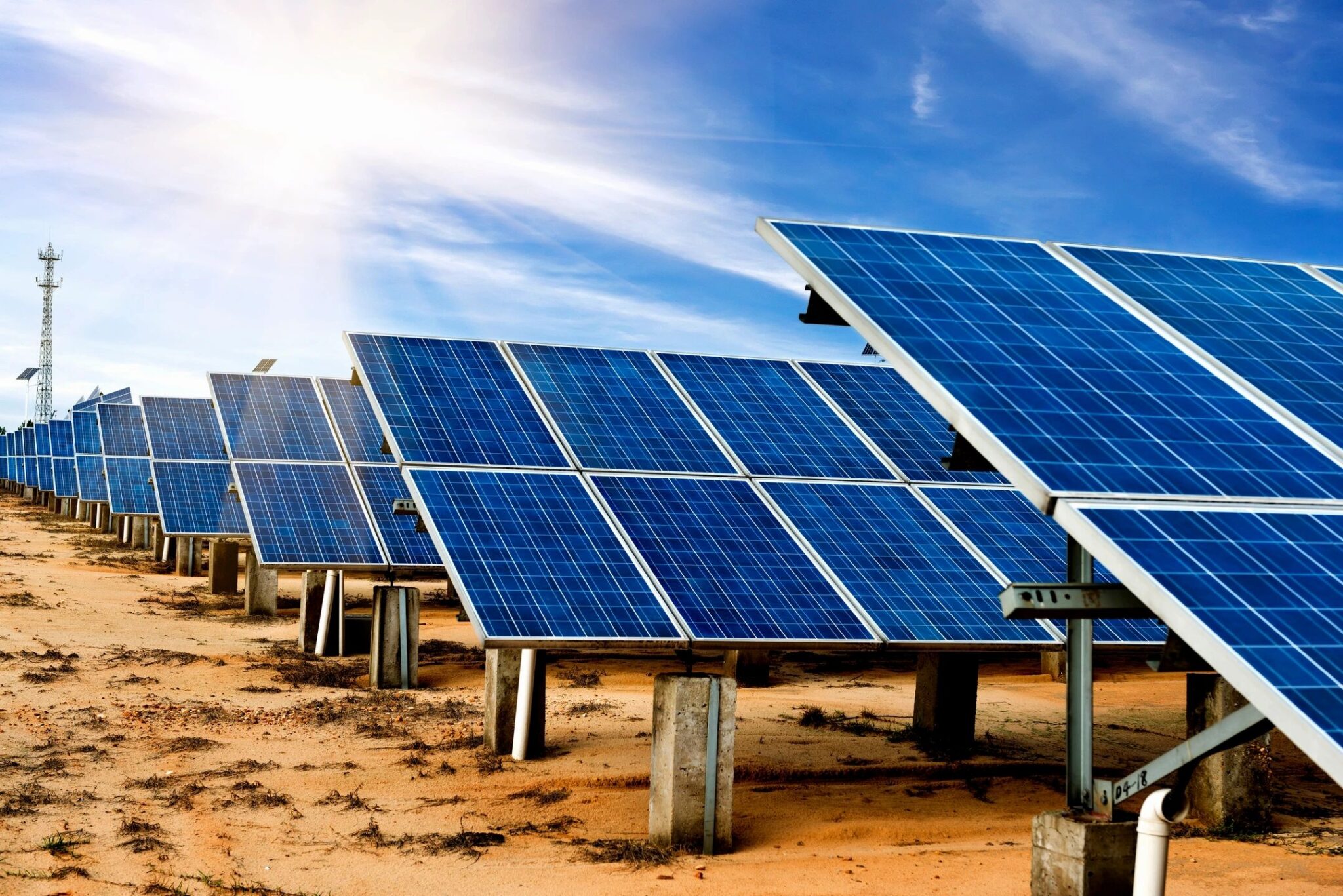Soils can be allies in the fight against climate change, storing huge amounts of carbon. But the soil carbon sink is itself vulnerable to climate change, as rising temperatures could lead to more of that carbon being lost. A better understanding of how warming affects soil respiration will help improve our climate change models.
We hear a lot about how trees can store carbon, helping to slow down climate change. But it’s not just the trees themselves that do this—it’s also the soils in which they grow. In fact, globally, there is even more carbon in soils than there is in plants and the atmosphere combined. Unfortunately, we can’t count on all that carbon just staying locked up beneath our feet. Soils are teeming with living things, and living things respire: they use carbon-based compounds to generate energy, usually producing carbon dioxide (CO2) in the process. We humans use the food we eat as our carbon source for respiration, but soil microbes respire carbon compounds from the soil. This isn’t great news for the climate, as it means that soil carbon is lost to the atmosphere as CO2, a greenhouse gas that drives climate change. Understanding soil respiration is therefore crucial for making predictions about climate change.
Warming can increase soil carbon losses
We already have evidence that higher temperatures can increase soil respiration and therefore soil carbon losses. This is expected given that warmer conditions make the microbes more active, so they respire more. However, many previous experiments looking at this were of short duration, and we have to be a bit careful with making long-term predictions from short-term experiments. For example, what if soil respiration falls again once microbes have gotten used to the higher temperatures? One 26-year experiment found that soil respiration varied a lot over time, highlighting the need for longer-term studies. However, the 26-year experiment only warmed the soil from belowground, using buried heating cables. This is not realistic because in reality climate change will bring belowground and aboveground warming. Aboveground warming will affect plants, and this may have indirect effects on soil respiration—for instance, by altering root growth or functioning.
RELATED: Underground Climate Change Is Sinking Our Cities
A team of scientists therefore built on this previous work by conducting a long-term (13-year) soil warming experiment that combined aboveground and belowground warming at two boreal forest sites in Minnesota. They achieved this by using infrared lamp heaters in addition to the buried heating cables. As in the previous 26-year experiment, soil respiration showed a lot of variability over time. Nonetheless, they found an overall increase in soil respiration under warming. With 1.7°C (3.06°F) of warming, the average increase was 6.5 percent. Under 3.3°C (5.94°F) of warming, there was an average increase of 17.2 percent.
What do these results suggest?
From this alone, we might expect that as the climate warms, soil carbon losses will increase. This could in turn set off positive feedbacks whereby more soil carbon losses lead to more warming (because of the CO2 added to the atmosphere), which leads to more soil carbon losses, and so on. Furthermore, these results show a greater increase in soil respiration than those reported from previous experiments using only above- or belowground warming. This suggests that we may previously have underestimated the likely impacts of climate change on soil carbon losses.
RELATED: Monitoring Soil Health through Citizen Science
Soil carbon dynamics are not solely determined by temperature
On the other hand, ecological processes like soil respiration are complex and have multiple interacting drivers. The scientists designing the Minnesota experiment took this into account: they didn’t just look at the effects of temperature but also at how changes in soil moisture might affect the results. When warming occurred under low-moisture conditions, the enhancement of soil respiration was lower. This is important because climate change may also bring drier conditions in many ecosystems. Where this is the case, reductions in soil moisture might help offset the effects of warming on soil respiration, thus limiting soil carbon losses.
RELATED: Microorganisms Boost Levels of Carbon Storage in Soil
Roots and microbes respond differently
So far, we’ve talked mainly about microbes, but soil is also inhabited by plant roots. These too respire, but because plants “make their own food” by photosynthesis, they don’t need an external source of carbon-based substrates to respire. We call this autotrophic respiration: auto means “self”, and trophic “nourishment.” Some bacteria are also autotrophic, but many soil microbes are heterotrophic, meaning they cannot make their own carbon-based compounds to respire. Instead, they depend on carbon compounds derived from other organisms (hetero, “other, different”)—for instance, dead plant matter or secretions from plant roots. Soil fauna—the animals living in the soil—are also heterotrophic.
Might autotrophic and heterotrophic respiration respond differently to warming? The Minnesota experiment sought to investigate this. They used soil “collars”—tubes inserted into the soil, which collect the emitted CO2 as a proxy for respiration—of different depths to differentiate between autotrophic and heterotrophic respiration. The deeper collars exclude living plant roots, so we can assume that respiration measured using these represents only heterotrophic activity. Using this strategy, they found that warming had a significantly greater impact on autotrophic than heterotrophic respiration. In contrast, low moisture seemed to inhibit heterotrophic respiration more than autotrophic respiration.
Predicting the future
Ultimately, these findings are derived from just two sites. Ecosystems are complex things and ecological processes are very context-dependent, so we need to be careful about generalizing from single experiments. However, this experiment made efforts to untangle some of that complexity by running for a long period to account for temporal fluctuations, by combining multiple stressors (warming and moisture reduction), and by separating autotrophic and heterotrophic respiration. These details will improve our ability to model the crucial relationships between climate change and soil carbon.
This study was published in the peer-reviewed journal Nature Geoscience.
References
Liang, G., Stefanski, A., Eddy, W. C., Bermudez, R., Montgomery, R. A., Hobbie, S. E., Rich, R. L. & Reich, P. B. (2024). Soil respiration response to decade-long warming modulated by soil moisture in a boreal forest. Nature Geoscience, 17, 905–911. https://doi.org/10.1038/s41561-024-01512-3
Melillo, J. M., Frey, S. D., DeAngelis, K. M., Werner, W. J., Bernard, M. J., Bowles, F. P., Pold, G., Knorr, M. A. & Grandy, A.S. (2017). Long-term pattern and magnitude of soil carbon feedback to the climate system in a warming world. Science, 358(6359), 101–105. https://doi.org/10.1126/science.aan2874

About the Author
Rachel Calder’s PhD project focuses on mycorrhizal fungi and soil nutrient cycling, but she is also an inveterate dabbler with a wide enthusiasm for all things Science. Having started out studying history herself, she’s also a big advocate for transcending the arts/sciences divide. Follow her on LinkedIn: http://www.linkedin.com/in/rmcalder.




